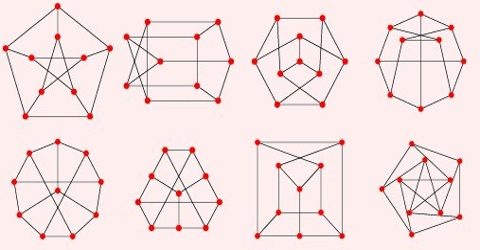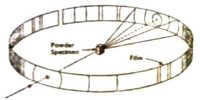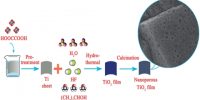Isomorphism is an identity or close similarity in the crystalline form of substances typically containing dissimilar elements but having similar composition. It was recognized early in the study of crystals that crystals of similar constitution but containing different atoms have similar crystalline forms. These observations were summarized in the form of a law by Mitscherlich (1819). The law states that ‘substances possessing an equal number of atoms combined in the same manner produce the same crystalline form’. This law is known as Mitscherlich’s law of isomorphism.
It has a close similarity in the crystalline structure of two or more substances of similar chemical composition. Substances crystallizing in the same crystalline form are said to be isomorphous with each other. For example, ferrous sulphate (FeSO4.7H2O), magnesium sulphate (MgSO4.7H2O) and zinc sulphate (Zn5O4.7H2O) are isomorphous. The alums such as ferric alum and chrome alum are isomorphous. Isomorphism is a similarity of crystalline form; as, between substances of analogous composition or atomic proportions, as the members of a group of compounds like the sulphates of barium, strontium and lead.














